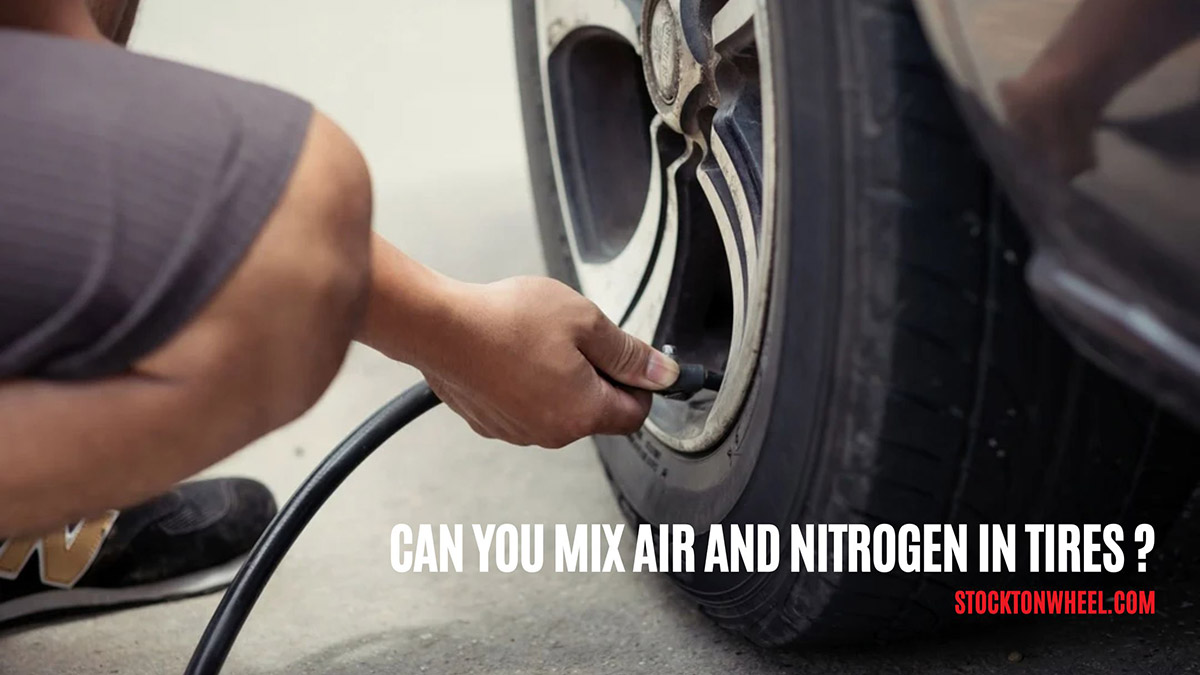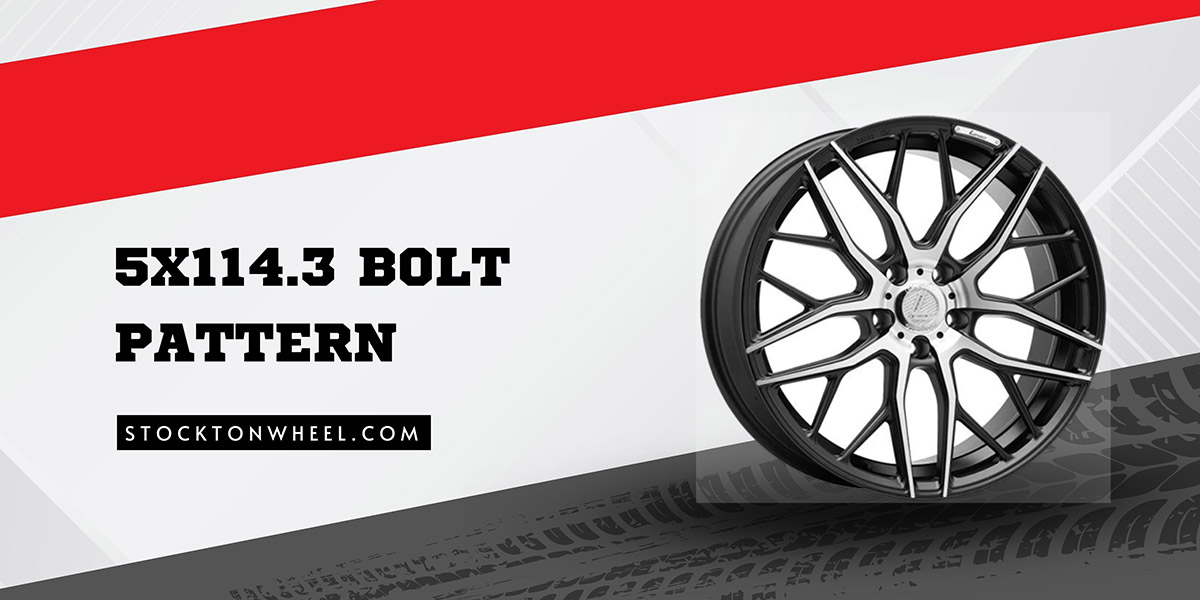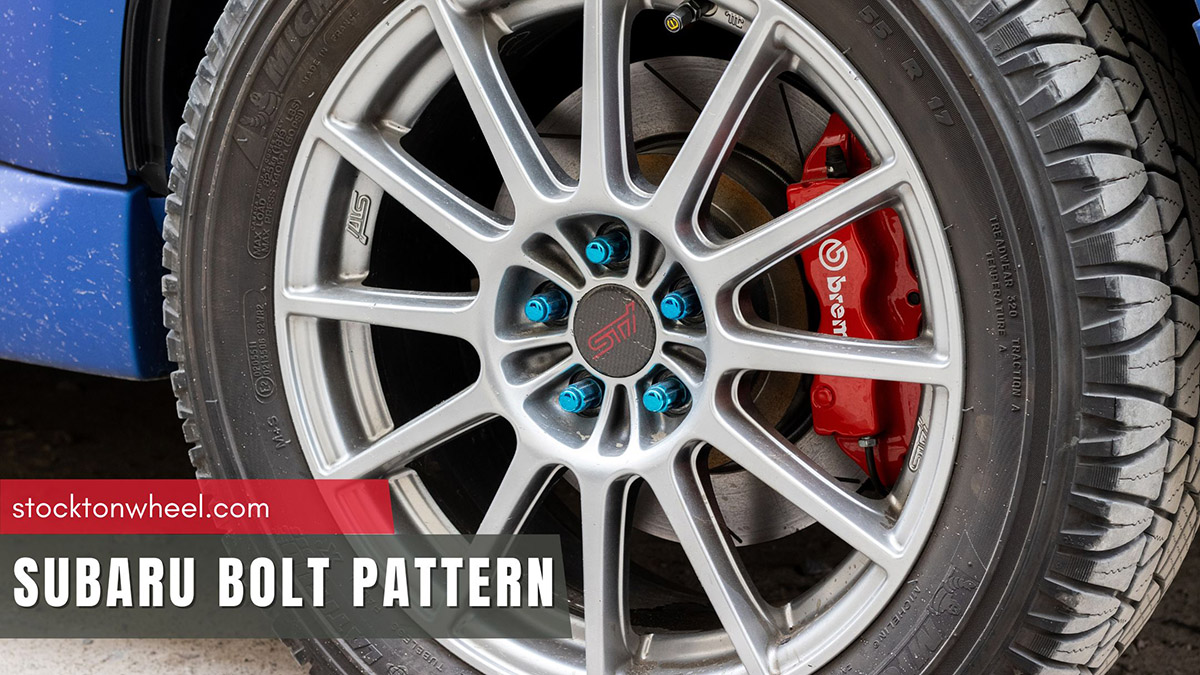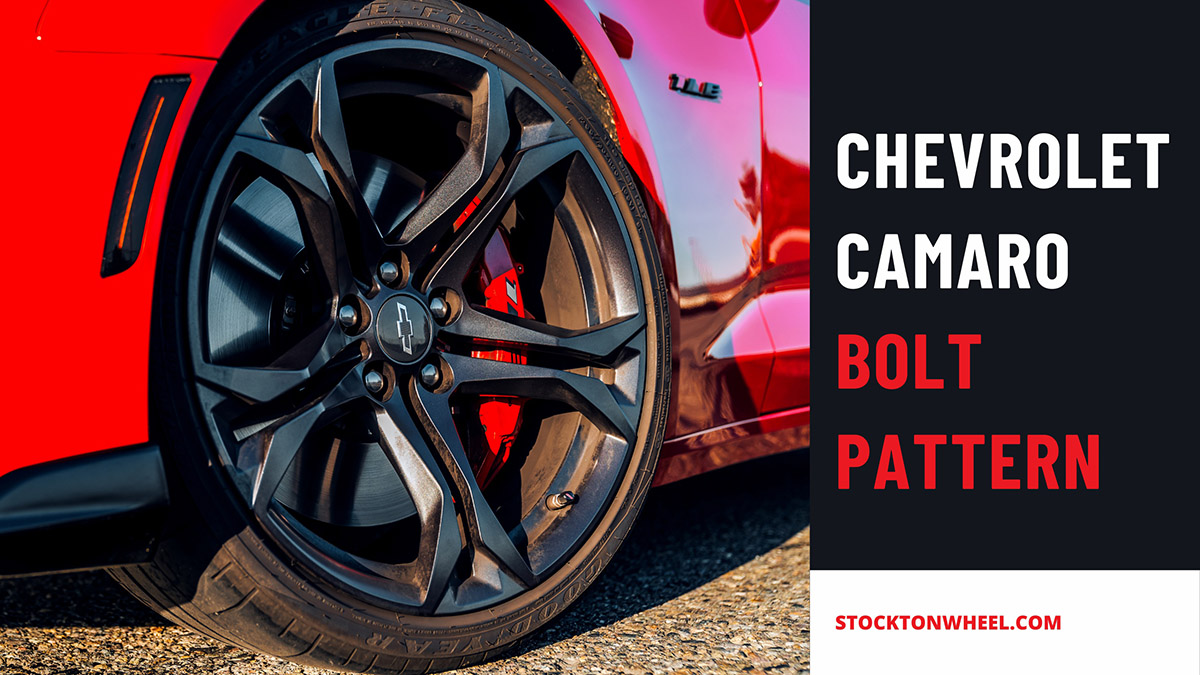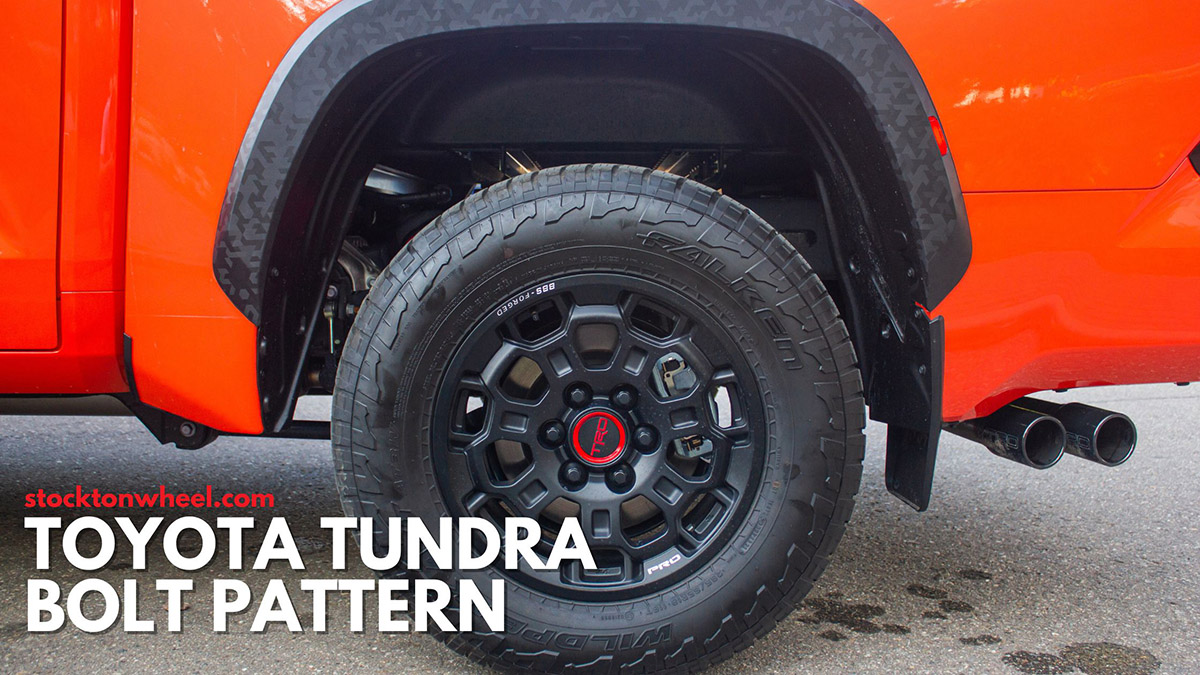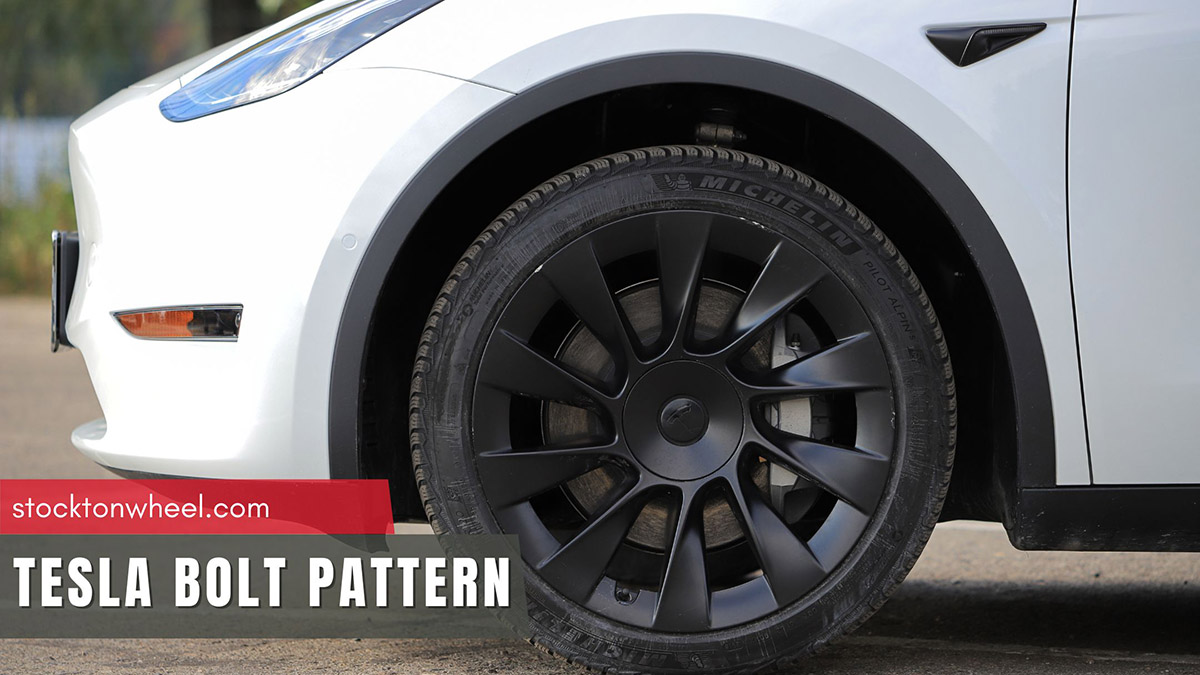While car tires can be either filled with air or nitrogen, many consider putting air in nitrogen tires or vice versa. Some rumors about the risks of mixed air-nitrogen tires have also discouraged beginners from trying it.
Let’s discuss the pros and cons of air-nitrogen mixture, how each performs when compared to the other, and other extra tips when using.
In this article:
Can You Mix Nitrogen and Air in Tires?
Yes, you can put regular air in nitrogen-filled tires or vice versa. Air-nitrogen tires retain pressure better, consume less fuel, and require fewer pressure checks than regular tires. However, nitrogen is expensive and not always available; plus, mixing air with nitrogen might dampen the otherwise inflation advantage of 100% nitrogen.
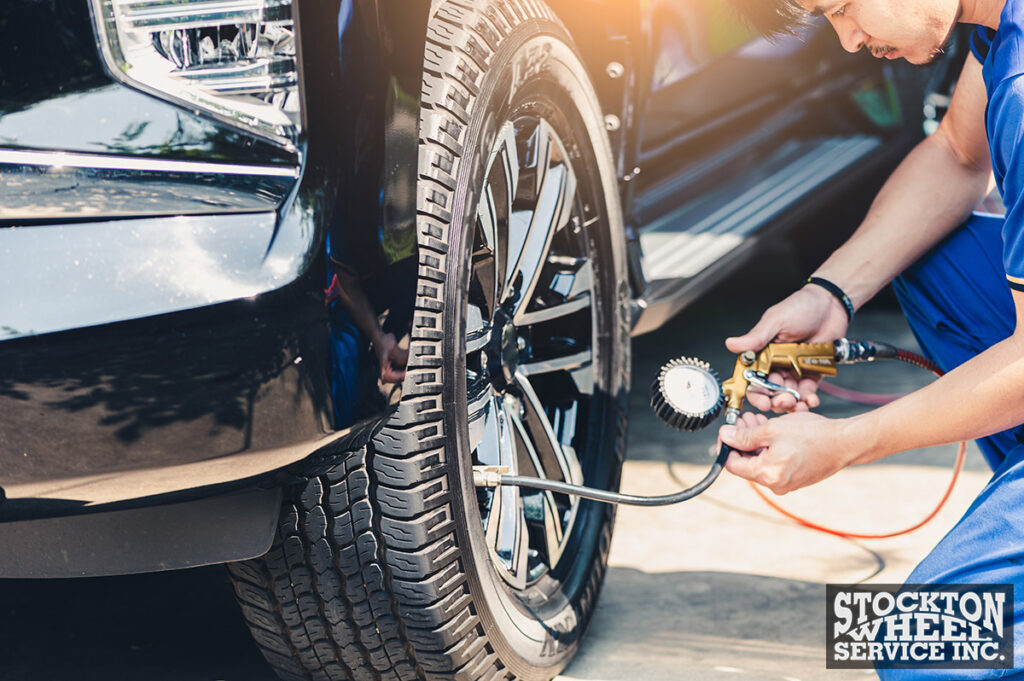
1. The Pros
Better Pressure Retention
In most cases, temperature fluctuations cause air tires to lose pressure (about 1 PSI for every 10-degree change).
Fortunately, nitrogen molecules are larger and less porous than oxygen molecules, much less likely to escape through the rubber. As a result, air-nitrogen tires are more stable and stay properly inflated for a longer period.
Better Fuel Economy
As mentioned, air mixed with nitrogen is much less affected by temperature changes than regular air, remaining consistent even during long road trips. Therefore, you rarely have to worry about decreased traction or high rolling resistance – both of which usually require more fuel than average to overcome.
Longer Maintenance Intervals
Since nitrogen-air tires have slower pressure loss, they do not need constant adjustments or pressure checks like regular tire models. You do not have to drop by garages or gas stations often for tire maintenance – suitable for drivers who have neither expertise nor free time for frequent tire upkeep.
Eco-Friendly
Every year, millions of tires are discarded, contributing to the increasing global waste. But now that your tires maintain pressure longer thanks to the mixed nitrogen, premature tire replacements due to underinflation are significantly fewer, which reduces the number of tires that end up in landfills.
Furthermore, nitrogen-mixed tires have much better fuel consumption rates than regular ones. This remarkable advantage indirectly helps decrease carbon dioxide emissions as a result.
2. The Cons
Higher Cost
Nitrogen is quite expensive; some stations even charge extra for nitrogen, around $5 or more – contrary to regular air, which is often a free service. Frequent tire maintenance using nitrogen also results in a higher overall cost, especially if you have to check your tire pressure frequently for long trips.
Limited Availability
Unlike traditional air stations, nitrogen filling stations are not as readily available. On busy days, you might have to wait in line for hours since there are barely any other stations around the neighborhood.
Compromised Benefits
Do not expect these nitrogen-air tires to offer the same efficiency as tires filled with 100% nitrogen. Regular air contains a small amount of water vapor, which might dilute nitrogen’s inflation advantage.
Nitrogen vs. Air in Tires: Which Is Better?
Quality-wise, nitrogen is the clear winner between the two. It minimizes pressure fluctuations (often occurring during temperature changes) to boost more consistent tire pressure – which, in turn, enhances fuel efficiency, reduces tire wear, and promotes optimal traction and handling. This stable gas is less prone to leaks due to its larger molecular size, so you do not need to pump the tire often.
However, if you are an everyday driver or rarely travel long distances, nitrogen’s advantages might not be that noticeable.
Meanwhile, regular air is cheaper, convenient, and freely accessible, suitable for every day, undemanding drivers. But note that it is more subjected to pressure changes and may require more frequent top-ups.
Can You Check Nitrogen-Filled Tires With A Regular Air Gauge?
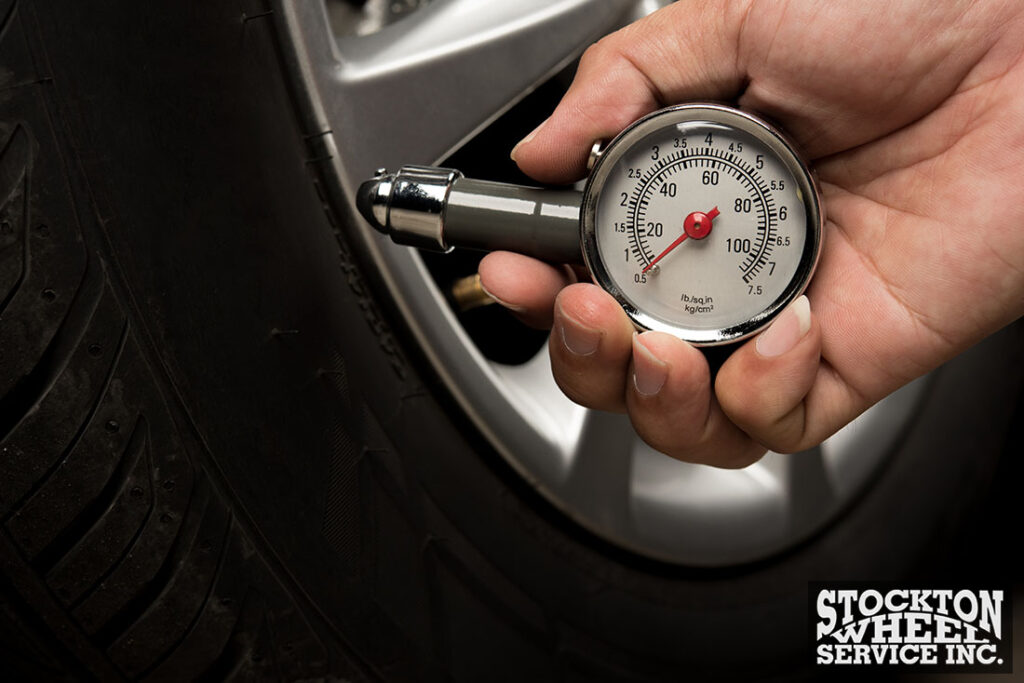
Yes. Nitrogen is just a dry gas, easily measured with the same gauge you use for regular air. But there are a few things to keep in mind:
- Use a high-quality air gauge to ensure the most accurate results.
- Check the tires when they are cold. Stable as it is, nitrogen pressure might still increase when the tires are extremely warm, so it’s better to play it safe.
- Look for the correct tire pressure specification. The recommended PSI for nitrogen-filled tires is usually listed on the tire placard or in the owner’s manual.
Conclusion
You can add air to nitrogen-filled tires or vice versa; the mixture is quite consistent during temperature changes and helps improve the tire’s fuel efficiency. Still, note that they might not perform as well as tires with nitrogen gas only, as the water vapor in regular air might diminish nitrogen’s stability.

